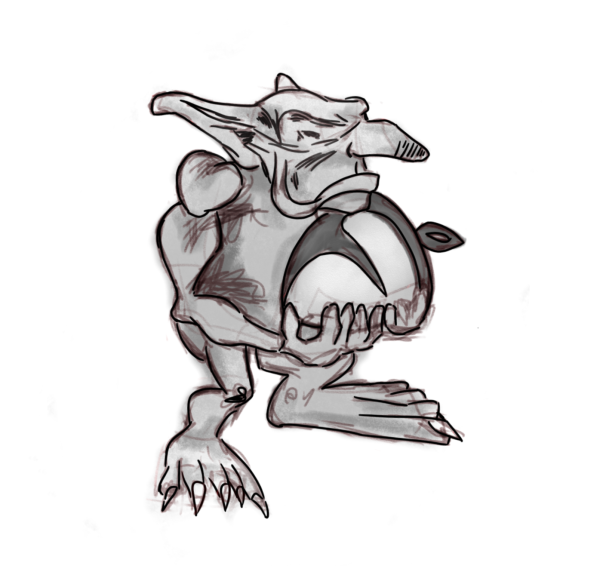“Just Say No” to D.A.R.E.
All across the nation, millions of elementary, middle, and high school students have engaged in the Drug Abuse Resistance Education (D.A.R.E) program since its founding year in 1983. Most students can recall learning the D.A.R.E lessons and being taught to just say “no”. The program intends to prevent youth drug usage, gang membership, and violence by having policemen visit schools and discuss the dangers of drug and alcohol consumption. However, the actual effectiveness of the program, in preventing children from doing drugs, is questionable. Although the organization’s intentions may be good, it has been scientifically proven that results of the DARE program are not fruitful, it influences teens to try drugs and students have reported it does not positively affect them and it should no longer be instituted in schools.
All the D.A.R.E classes, lectures, videos and “just say no’s” have no tangible effect on drug and alcohol usage. In 1994, the Department of Justice conducted its first national scientific study of the effectiveness of D.A.R.E published and the results were astounding. The study found that there was only a short-lived reduction in the student’s usage of tobacco products but not alcohol or marijuana. The main goal of the program is to pursue children not to do drugs, but it is evident the curriculum has little effect. This research is significant and provides evidence of the ineffectiveness of the program.
Not only does D.A.R.E. fail to reduce teen drug usage, it may promote it. In 2009, researchers conducted a study of a group of students who participated in the D.A.R.E curriculum. They found a 3-4% elevation in alcohol and tobacco usage in 11th graders who had been enrolled in D.A.R.E since seventh grade, as opposed to those who were not in the program. It creates a sense of curiosity of the substances that they may not have had before. If students were not in the course perhaps they would not even be aware of the effects of the hallucinants and not be tempted to try drugs, supporting the central idea that D.A.R.E does not work.
A survey of over 5,000 California students of various grade levels, was administered by the California Department of Education and reflected negative feedback about the program. 43% of those questioned reported that D.A.R.E had no persuasion in their choice to avoid drugs; 70% overall of students in all grade levels expressed a negative or neutral attitude towards the program. They also stated that much of what was said so often in the course had lost its meaning . If this program truly is successful, then why do students not respond more positively? Surely if it is effective, students would be compelled to speak highly of it, but that is not the case.
Some may argue that D.A.R.E does actually work and are steadfast that the program does have a positive impact on children. Heads of the program are convinced it improves decision making and their attitude to drugs. However, with no empirical data of its effectiveness, all claims of D.A.R.E working are discredited. In addition, the fact that the government has significantly reduced funding for the program because they believe it does not work, clearly reflects its incapability of influencing youth to just say no to drugs.
The D.A.R.E program has absolutely no impacting influence on youth to not do drugs. There is numerous statistics on the incapability of D.A.R.E and because of this, should be abolished. D.A.R.E is a waste of funds as there is no proof of it’s credibility but rather, so much proof of its ineffectiveness.
Hello there! Our goal is to provide relavent, engaging journalism for readers of all ages. Your donation will support the student journalists of the Wolfpacket at Claremont High School, and will allow us to purchase equipment, print our monthly issues, and enter in journalism competitions. We appreciate your consideration!

Paulina Gonzalez is currently a senior at Claremont High and it is her second year on the Wolfpacket. She is serving as the head Opinions editor and is...




